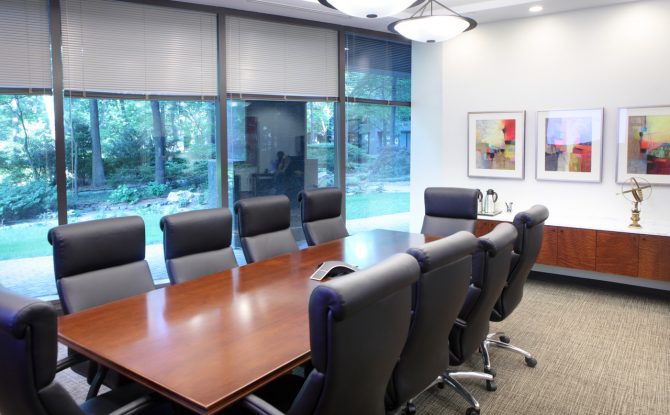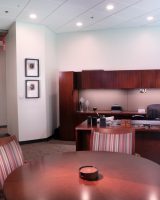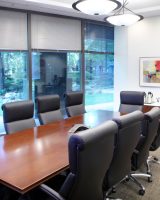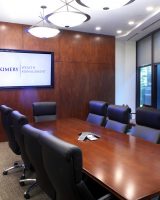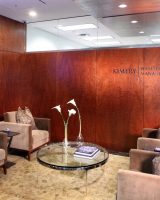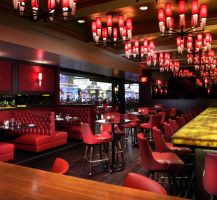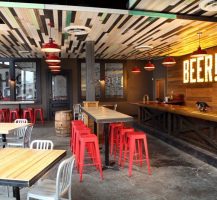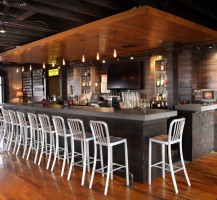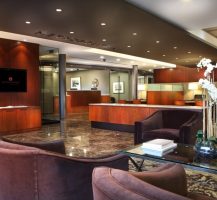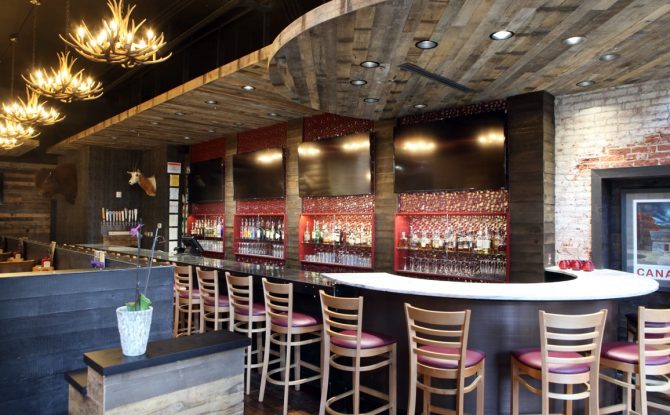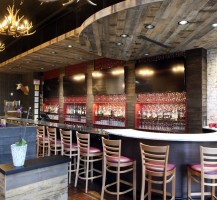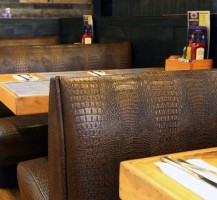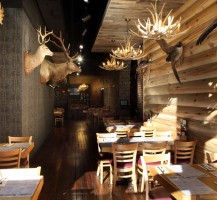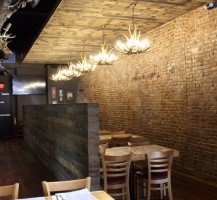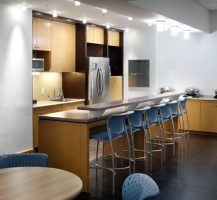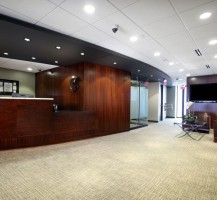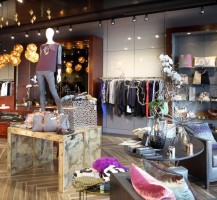When The Marston Group PLC, a Memphis-based certified public accounting and financial consulting firm, held an open house in recent weeks at its new digs, the evening portion of the event lasted from 7 till later in the night, with the last person leaving around 10.
[Click to view]
The Marston Group PLC offices at 1661 International Drive in the building known as the Colonnade.
The next day, when senior partner and CEO Chip Marston talked about the event, the energy and excitement from the night before was still there – about how far his firm has come and about what is on the horizon.
“We wanted to celebrate with clients and give them a chance to visit with each other,” Marston said of the festivities Jan. 23, which included breakfast, lunch and evening gatherings to celebrate the firm’s move to 1661 International Drive. “It’s a fun space. It’s bright, warm and inviting. There’s also a tremendous amount of art in our office, artists that all have Memphis roots.”
The company moved to the second floor of the 89,000-square-foot, four-story building there known as the Colonnade. It was a relocation from Primacy Parkway that was needed because the firm’s clients and business have grown, and The Marston Group wanted to rethink the functionality of its workspace and layout design after being in the same place for almost 20 years with three expansions.
Marston described the new space as a better match for the firm’s corporate identity and more convenient for clients – as well as a “brighter, more vibrant office environment inside.” Graham Reese of Graham Reese Designs helped fashion the space and make it a good fit for the accounting firm’s more than 25 employees.
“It’s going to be a very dynamic year for us,” Marston said, referring to both the new office and the fact the firm is continuing to add to its ranks.
Recently, for example, The Marston Group – which was founded in 1985 – added Terry Courtenay as a member of the firm’s practice.
Courtenay, a certified public accountant, has experience providing tax and advisory services to predominantly family-held businesses, and he’s worked with a variety of businesses, including in the fields of real estate and agriculture.
“Over the last year, Bill Drummond also joined us from Ernst & Young to lead our audit and financial reporting area,” Marston said. “And Terry Courtenay merged his practice into ours. We have both of those guys providing experience and leadership now, and we’ve also added a senior manager in the financial reporting ranks, plus others. We really deepened the bench and broadened our service offerings.”
The Marston Group works with both individuals and companies, with the individuals often being members of multigenerational families who own companies, trusts or estates.
The firm’s services include accounting and consulting, tax preparation, general business consulting, litigation support for contract disputes and divorces, and also the attest function, an independent review of data and research from an audit.
Besides accounting, the firm is known for its mentorship. Senior leaders make themselves available to provide expertise and advice to a number of startup-related and entrepreneurial initiatives around town, including Marston and Chief Operating Officer Jimmy Dickey taking on mentorship roles for last year’s Everywhere Else Startup Conference.
“Many of our clients were entrepreneurs who grew their ideas into successful businesses,” Marston said. “We feel passionately about community involvement and helping companies get started on the right foot. Our staff has donated a tremendous amount of time to be mentors.”
On his biography page on the firm’s website, Marston has included a quote from Lucius Annaeus Seneca: “As long as you live, keep learning how to live.” It reflects what he presents as the evolving nature of the firm and its work – and its adaptability.
“People like to say that death and taxes are the only thing that’s certain – but the other thing to add to that is change,” Marston said. “We’re constantly evolving as a company. Our new space reflects that. We wanted it to be productive, relaxing and energizing. We wanted clients to be comfortable and warm at the office. And it’s fun. We’re having fun.”
Read Full Article

